What is the Line 3 pipeline?
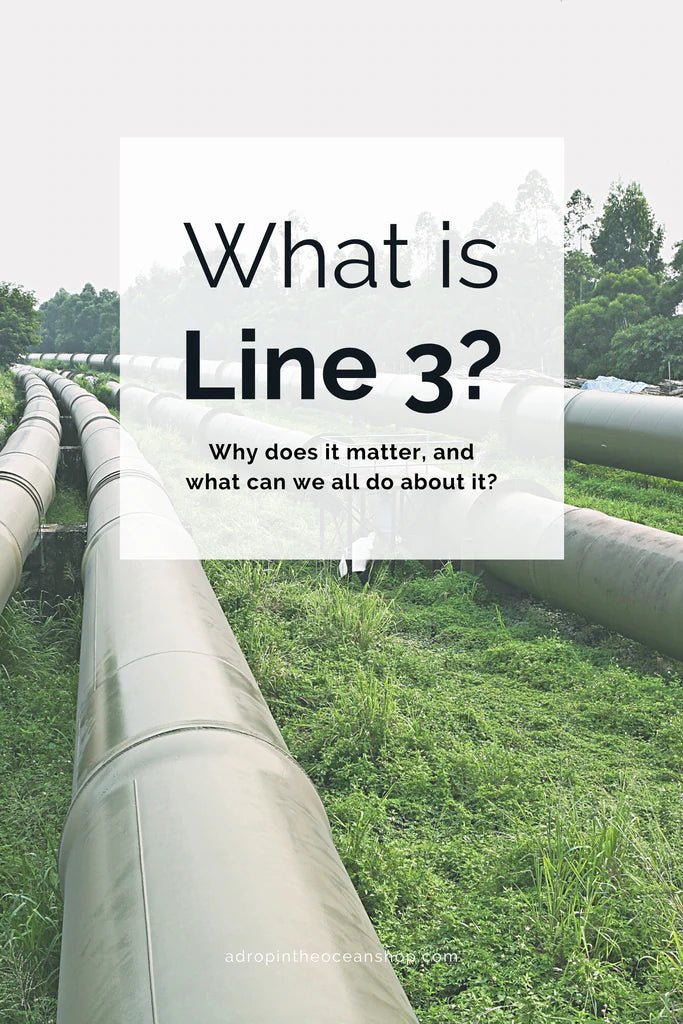
This post first appeared in our weekly Make Waves Mondays email series on August 9, 2021.
Once upon a time, I believed the zero waste movement to be all about reducing our personal trash output to absolute zero, cutting all plastics out of every aspect of our lives, and shopping the bulk sections of our grocery stores with Pinterest-perfect matching glass jars.
But over time, I’ve learned that it is so, so, so much more than that.
Zero waste is, yes, about reducing our waste. But it’s also about increasing access to healthcare, advocating for marginalized communities, smashing the patriarchy, holding corporations accountable for their actions, supporting renewable energy, creating a circular economy, voting for leaders that believe in and act on climate change, fighting capitalistic practices that encourage unlimited growth, shopping small and shopping local, eating lower on the food chain, honoring indigenous practices, and more.
All of these things are interconnected.
Perhaps one of the best examples of how these things are interconnected is the current construction and subsequent protesting of the Line 3 pipeline.
What is Line 3?
First constructed in the 1960s, Line 3 is a nearly 1100-mile long tar sands pipeline extending from Edmonton, Alberta to Superior, Wisconsin. It’s owned by Enbridge, the same oil company that was responsible for the Kalamazoo River oil spill in 2010 (the largest-ever inland oil spill in the US), and currently has around 900 “structural anomalies” - things like cracks and leaks.
Line 3 clearly has issues that need to be addressed.
However, while Enbridge is calling the current Line 3 project a “replacement project,” they’re not really replacing the existing line as much as they’re abandoning it and building a new one. And there are no regulations by the US federal government or the Minnesota state government for pipeline abandonment and how to deal with it.
Some of the project is replacement but the new Line 3 will also be rerouted in Minnesota, adding an additional 330 miles of pipeline and using 36-inch pipes rather than 34-inch pipes, increasing the capacity of the pipes to ship tar sands oil.

Map of the existing Line 3 pipeline and proposed new pipeline along Indigenous peoples’ treaty territory and reservation land.
What’s the problem with Line 3?
Honestly….a whole heck of a lot.
First, tar sands oil is 37% more carbon intensive than regular oil, and each year has the same carbon footprint as 16-18 million cars. For context, the entire population of New York State is about 19 million.
Line 3 will have a carbon footprint five times higher than all of Minnesota's transportation emissions every single year.
Second, the proposed new pipeline route crosses more than 200 bodies of water and tunnels under 20 rivers, including twice through the Mississippi River. At least 15 million people and 50 cities rely on the Mississippi River for daily clean water.
It is not a matter of “if” the pipeline will leak, but when.
Third, Line 3 cuts through untouched wetlands - one of the most critical ecosystems for climate change mitigation - and directly through treaty land of the Anishinaabe people.
Tribal nations in the United States are guaranteed sovereignty - the right to self-determination and self-government - in the US Constitution. But the Indigenous people along the proposed route of Line 3 do not endorse or support the Line 3 expansion and abandonment. Line 3 is unconstitutional and violates treaty rights guaranteed to the Indigenous peoples that have been stewards of this land for centuries.
Further, some areas of the pipeline route fall outside of reservations that the Ojibwe tribal members retain certain property rights for that allow them to “make a modest living from the land.” These usufructuary rights include the rights to hunt, fish, gather medicinal plants, harvest and cultivate wild rice, and preserve sacred or culturally significant sites. Construction of Line 3 directly threatens those rights.
This is just the tip of the iceberg. Even the proposed jobs the pipeline will create are only temporary jobs and only about 33% are filled by local Minnesotans. Construction projects like these lead to an increase in sex trafficing, drug and alcohol abuse, and mental health issues. And in the Minnesota Department of Commerce’s formal testimony they concluded that Minnesota has all the oil it needs and this new pipeline won’t even benefit Minnesota’s economy or energy grid.
Enbridge is constructing Line 3 without consulting with tribal communities, or even assessing need in the areas the pipeline is intended to serve. Tar sands oil is a dying industry, and the impacts on people and planet far outweigh any potential benefits.

The frontlines of the Line 3 protests. Image credit StopLine3.org.
What can we do about Line 3?
Line 3 is currently about 60% complete. It was supposed to be completed in 2017 but public pressure and legal action have held it off. Hope is not lost. We stopped the Keystone XL pipeline, we can stop Line 3.
Here are a few ways you can help:
If you’re able, join the water protectors on the frontlines.
Find more information about where, how, and FAQs at StopLine3.org.
Donate to the frontlines.
Either donate money directly to the frontlines or to frontline legal support.
Tell President Biden to revoke permits for the pipeline.
It will take just a couple minutes to customize this sample letter that will be sent directly to President Biden on your behalf.
Tell the Army Corp of Engineers to stop Line 3.
Take a moment to customize this sample letter that will be sent to the Army Corp of Engineers asking them to revoke their permits for Line 3.
Sign a petition.
Sign this petition urging President Biden to revoke the Line 3 pipeline permits.
Divest from fossil fuels.
Use this resource to divest from banks currently supporting Line 3 and support ethical banks or credit unions.
Invest in renewables.
Check out our blog post on how to get started investing in renewable energy with as little as $5.
Share this information!
The more people that know about Line 3 and take action, the better chance we have of stopping it. Forward this post to a friend, or share it on social media. Share social media posts from Indigenous community members and those on the frontlines. Encourage your favorite social media influencers to talk about Line 3 and encourage action.
There is so much we can do, my friend. If only we start.
Sources + Additional Reading:
Enbridge: Line 3 Replacement Project
Minnesota hit with novel 'natural right' tribal lawsuit over Line 3
National Park Service: Mississippi River Facts
Rep. Ilhan Omar calls on Biden to Reject Line 3 Pipeline
StopLine3.org
What are tar sands?
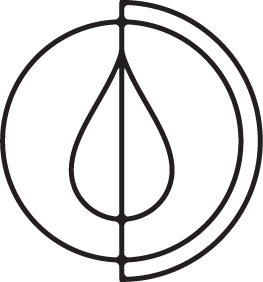

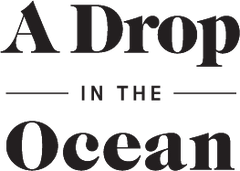



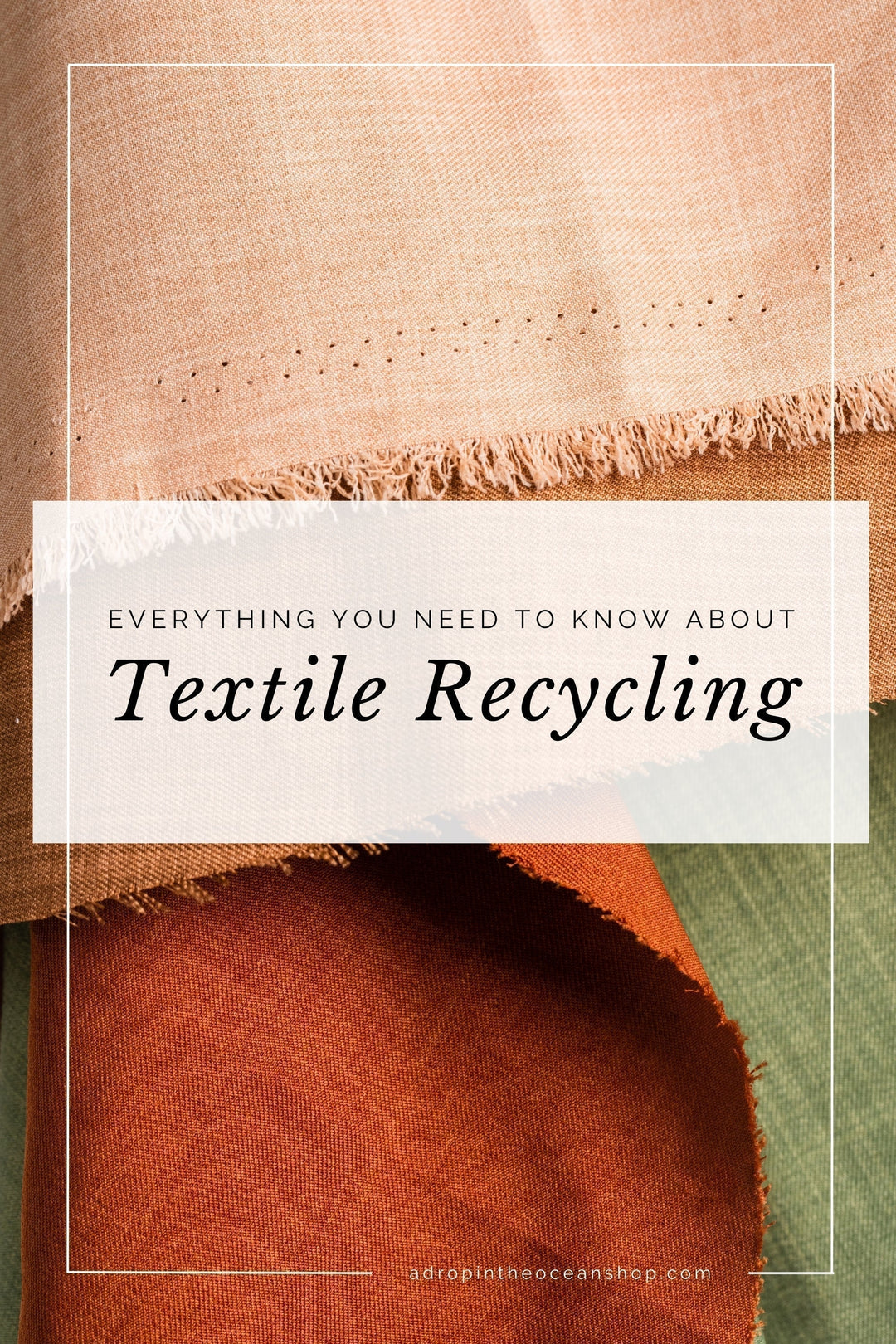
Leave a comment